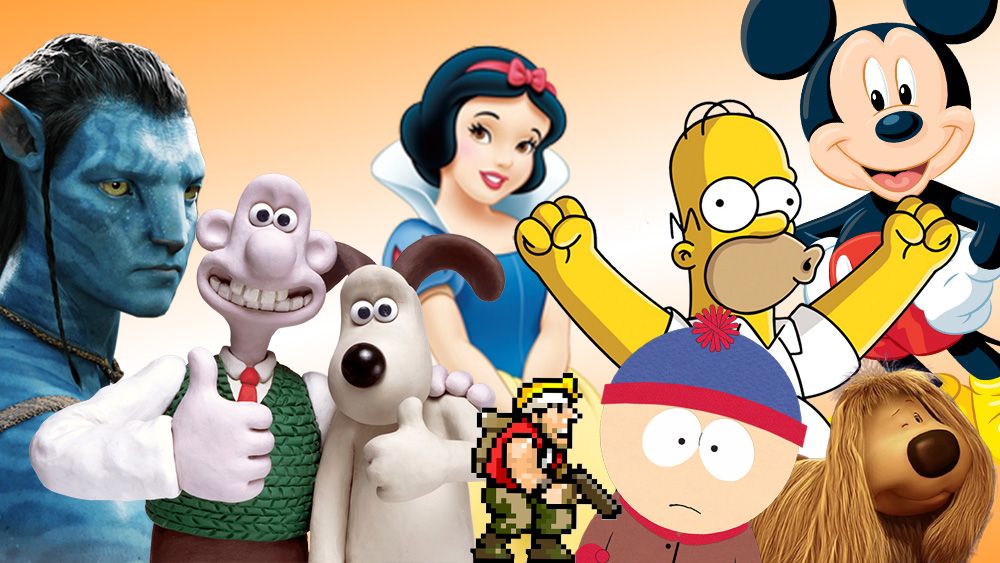Lighting is one of the most powerful tools in 3D animation. It has the ability to set the mood, tell a story, guide the viewer’s attention, and bring life to digital worlds. While modeling and texturing create the foundation of a 3D scene, it is lighting that makes everything believable. Without proper lighting, even the most detailed model or the most realistic texture can appear flat and unconvincing.
For businesses that invest in 3D animation services, mastering lighting is critical. Whether it’s creating animated films, commercials, explainer videos, or 3D product animation services, lighting plays a vital role in how the final output resonates with audiences. This blog will explore the fundamentals of 3D lighting, advanced techniques, real-world applications, and how businesses can benefit from well-executed lighting in animation.
Why Lighting Matters in 3D Animation
In traditional filmmaking, lighting sets the emotional tone of a scene. The same principle applies in 3D animation. Light creates depth, defines shapes, adds realism, and enhances storytelling.
Here are a few reasons why lighting is crucial in 3D animation:
- Mood Creation – Lighting determines whether a scene feels dramatic, joyful, mysterious, or frightening.
- Realism – Natural shadows, highlights, and reflections help the human eye accept the animated world as believable.
- Focus – Proper lighting guides the audience’s attention to key elements in the frame.
- Visual Hierarchy – It distinguishes background from foreground, ensuring important details stand out.
- Aesthetic Value – Lighting elevates the overall appeal, making animations visually striking.
When businesses use professional 3D animation services, lighting techniques are carefully implemented to ensure the final render not only looks appealing but also serves its intended purpose.
Fundamentals of Lighting in 3D Animation
Before diving into advanced methods, it’s important to understand the foundational concepts of lighting in 3D.
1. Types of Lights in 3D Animation
Most 3D software packages (Blender, Maya, 3ds Max, Cinema 4D, etc.) include a variety of light types, each serving different purposes:
- Point Light – Emits light in all directions, similar to a bare light bulb.
- Directional Light – Projects parallel rays, like sunlight, useful for outdoor scenes.
- Spotlight – Emits a cone of light, perfect for focusing on a subject.
- Area Light – Mimics soft, natural lighting by illuminating from a surface area.
- Ambient Light – Provides overall scene illumination without specific direction.
2. Key Lighting Concepts
- Key Light – The main source of illumination, defining the subject’s form.
- Fill Light – Reduces shadows created by the key light.
- Back Light – Separates the subject from the background, adding depth.
- Practical Lights – Lights that appear within the scene (lamps, candles, etc.) to add realism.
The balance between these lights forms the foundation of professional 3D lighting.
Advanced Lighting Techniques
Once animators master the basics, they move toward more advanced techniques that add cinematic quality to 3D animation.
1. Global Illumination (GI)
Global Illumination simulates how light bounces off surfaces and indirectly illuminates other objects. This technique makes scenes more realistic by ensuring light interacts naturally with the environment.
2. High Dynamic Range Imaging (HDRI)
HDRI maps are real-world, high-resolution environment images used to light 3D scenes. They provide natural reflections and realistic lighting without manually setting up multiple light sources.
3. Image-Based Lighting (IBL)
IBL is a technique where images (often HDRI) are used as the light source. This approach is widely used in 3D product animation services to make objects appear as if they are photographed in real-world environments.
4. Subsurface Scattering (SSS)
For materials like skin, wax, or marble, subsurface scattering simulates how light penetrates a surface, scatters within it, and exits at another point. This technique is crucial in character animation for lifelike results.
5. Volumetric Lighting
Also known as “God rays,” volumetric lighting simulates beams of light passing through a medium like fog or dust. This adds drama and atmosphere to scenes.
6. Physically Based Rendering (PBR)
PBR workflows use real-world lighting and material physics to achieve hyper-realistic results. It is particularly important for 3D animation services that focus on realism, such as product visualization or architectural animation.
The Role of Lighting in Storytelling
Lighting isn’t just technical—it’s narrative. Great lighting design supports storytelling by:
- Directing Emotion – Warm tones convey comfort and positivity, while cold tones create unease or suspense.
- Defining Time of Day – Bright daylight, golden hour, or moonlit night—all are communicated through lighting.
- Establishing Genre – Horror uses stark contrasts and shadows, while romance favors soft, warm glows.
- Symbolism – Light and dark can symbolize good and evil, safety and danger, hope and despair.
By leveraging professional 3D animation services, storytellers can use lighting as a tool to enhance narrative impact.
Lighting in 3D Product Animation Services
Product animation is one of the most common business uses for 3D. Here, lighting becomes a critical selling tool:
- Highlighting Features – Strategic lighting emphasizes a product’s key attributes, such as textures, shapes, and materials.
- Creating Desire – A well-lit product appears more luxurious, durable, or desirable.
- Consistency Across Platforms – Controlled lighting ensures the product looks the same in videos, ads, and virtual showrooms.
- Realism for Online Shoppers – Good lighting makes 3D product demos almost indistinguishable from live photography.
Businesses investing in 3D product animation services often see higher engagement and sales because lighting enhances realism and appeal.
Challenges in Lighting for 3D Animation
Despite its importance, lighting comes with challenges:
- Render Times – Realistic lighting often requires complex calculations, increasing rendering costs and time.
- Hardware Limitations – Not all systems can handle heavy lighting effects efficiently.
- Over-Lighting – Adding too many lights can flatten a scene or make it unrealistic.
- Consistency – Keeping lighting consistent across multiple shots or sequences is challenging.
- Balancing Art and Physics – Realistic lighting doesn’t always translate into the best artistic result. Striking the right balance is essential.
Experienced studios offering 3D animation services know how to overcome these challenges by using efficient rendering techniques and artistic judgment.
Best Practices for Mastering Lighting in 3D Animation
To create effective and realistic lighting, animators follow several best practices:
- Start with Real-World References
Study how light interacts in real life. Observe photography, movies, or everyday objects for inspiration. - Use the Three-Point Lighting System
Key, fill, and back lights provide a strong foundation for almost any scene. - Work with Color Theory
Colors influence emotions. Warm light suggests comfort, while blue light suggests coldness or sadness. - Pay Attention to Shadows
Soft shadows feel natural, while hard shadows create drama. - Leverage HDRI Maps
Use HDRI maps for realistic environmental lighting without excessive manual work. - Test with Preview Renders
Regular test renders help catch lighting issues early and reduce wasted time. - Balance Realism with Style
Not every project requires photorealism. Stylized lighting can be just as powerful.
Future of Lighting in 3D Animation
Lighting in 3D animation continues to evolve with technology:
- AI-Powered Lighting – AI algorithms can now analyze scenes and suggest optimal lighting setups.
- Real-Time Rendering – With engines like Unreal Engine, animators can view final-quality lighting instantly.
- Ray Tracing – This advanced technique provides lifelike reflections and refractions, already revolutionizing 3D visuals.
- Virtual Production – Combining LED walls and real-time 3D lighting for filmmaking is becoming a standard practice.
- Interactive Lighting for AR/VR – Immersive environments require lighting that responds to user interactions.
As technology advances, 3D animation services will be able to deliver faster, more realistic, and more interactive lighting solutions.
Conclusion
Mastering lighting in 3D animation is both a technical and artistic pursuit. It requires understanding the fundamentals of light, experimenting with advanced techniques, and applying them in ways that enhance storytelling and realism. From creating immersive films to showcasing products in stunning detail, lighting is what transforms 3D models into breathtaking visuals.
For businesses, investing in professional 3D animation services ensures that lighting is handled with precision, making animations not only visually appealing but also commercially effective. Whether it’s a cinematic sequence or a 3D product animation service, proper lighting is the secret ingredient that elevates ordinary visuals into extraordinary experiences.





